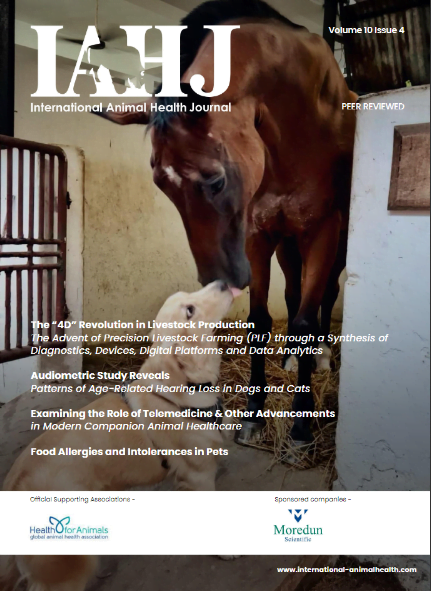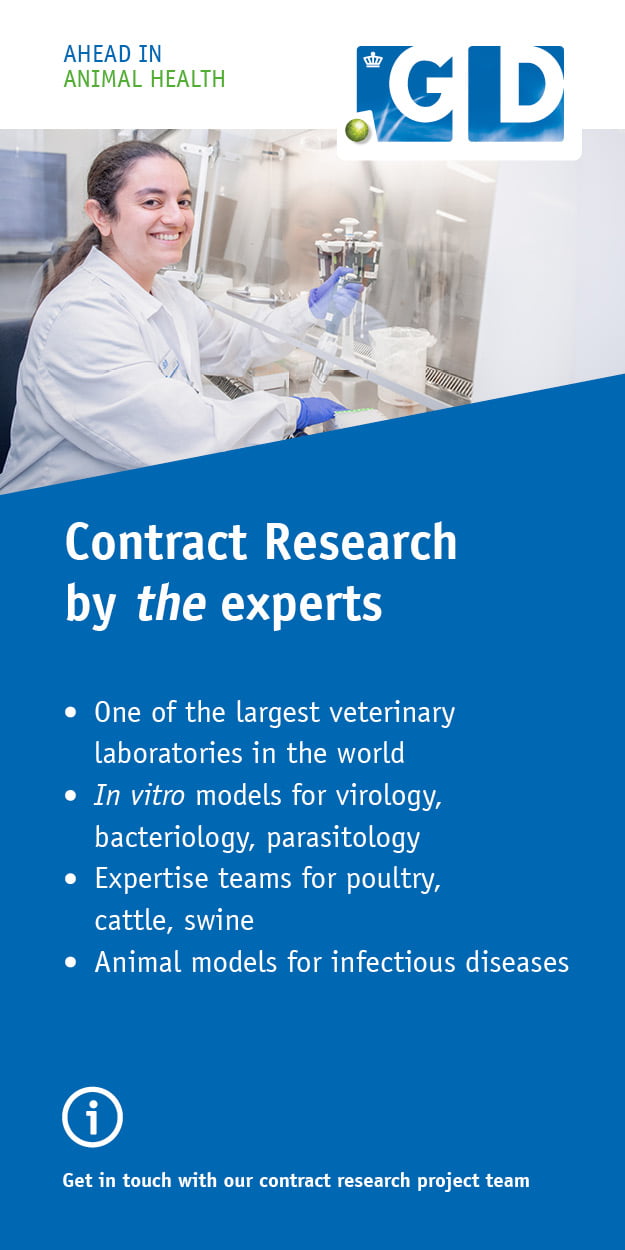Dan O’Neill, senior lecturer at the RVC warns profession to brace itself for three-pronged welfare challenge for brachycephalic breeds.
He said substantial evidence showed severe health problems in brachycephalic breeds were associated with their physical conformation and may be further exacerbated by the scramble to breed enough dogs to supply demand.
In addition, the bubble of dogs bought on a wave of popularism are starting to age, meaning a natural increase in health problems associated with ageing in already predisposed breeds.
Finally, evidence suggests welfare charities are already inundated with unwanted brachycephalic breeds by owners who are either tired of them or feeling the economic impact of caring for them.
Paradoxically, if vets are successful in turning the tide of popularity by dissuading the public from owning brachycephalic breeds, this could lead to a larger spike in numbers dumped in rescue homes as their popularity diminishes – making it harder to rehome them, he said.
Dr O’Neill, author of several VetCompass studies into brachycephalism in dogs, said: “It is easy to sit around hand-wringing, thinking about this problem and that problem, but as a profession, we need to move on from talking about possibilities and move towards action.
“There is evidence from a lot of welfare charities that they are being inundated with brachycephalic breeds [that are] becoming difficult to rehome. So there is a huge welfare issue coming. Every spike in popularity is likely to be followed by a spike in relinquishment.
“Brachycephalic breeds – certainly the key ones; pugs and French bulldogs – are rising to crisis point. VetCompass data on millions of UK dogs have shown brachycephalic breeds have tripled from comprising 5% of all puppies born in 2004, to 15% in 2016.”
A rising population is not the only problem – they also suffer a plethora of health problems, including breathing difficulties, eye issues and complexities giving birth.
Dr O’Neill’s VetCompass team, based at the RVC, has found brachycephalic breeds are 11 times more prone to corneal ulcerative disease than non-brachycephalic dogs.
The findings for individual breeds were more startling, he said, with pugs having more than 19 times the risk – and French bulldogs more than 7 times the risk – compared to cross-breeds (VT47.27).
Dr O’Neill urged practitioners to stop using the term “normal” when describing clinical conditions in brachycephalic breeds, such as noisy breathing, because while such terminology describes being about average across a distribution of health statuses, it implicitly suggests “good” or “healthy” in English language.
Concluding, he said: “There is strong evidence of a looming brachycephalic crisis, but there are ways out. There are options and action plans, and we all need to get behind these.”
There is strong evidence of a looming brachycephalic crisis, says Dan O’Neill, of the RVC
Animal Health Media © 2024, All Rights Reserved – Powered by Teksyte












